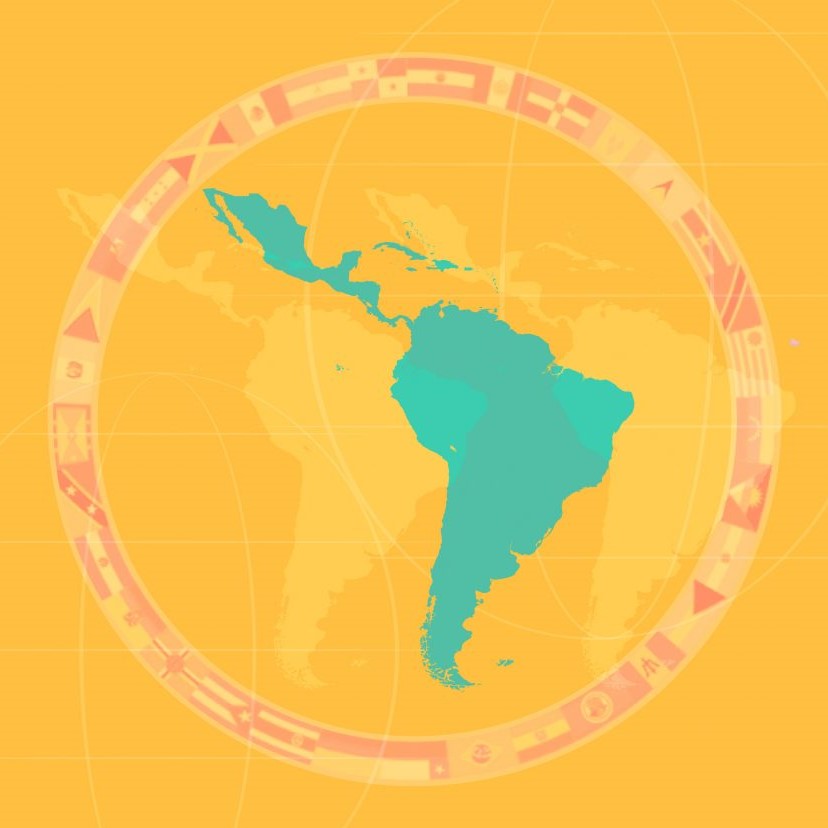Japanese-style peanuts, also known as Japanese peanuts or cracker nuts (widely known in the Spanish-speaking world as cacahuates japoneses or maní japonés), are a type of snack food made from peanuts that are coated in a wheat flour dough and then fried or deep-fried. They come in a variety of different flavors. The Mexican version’s recipe for the extra-crunchy shell has ingredients such as wheat flour, soy sauce, water, sugar, monosodium glutamate, and citric acid. The snacks are often sold in sealed bags, but can also be found in bulk containers
History
Japanese-style peanuts were created in Mexico during the 1940s by Japanese immigrant Yoshihei Nakatani, the father of Yoshio and Carlos Nakatani. He lost his job after the mother-of-pearl button factory he worked at, named El Nuevo Japón, was forced to close after its proprietor came under suspicion of being a spy for the Empire of Japan.
Nakatani had to find alternatives to provide for his family. He obtained a job at La Merced Market, where he initially sold Mexican candies called muéganos [es]. Later, he developed a new variety of fried snacks he named oranda that he named after the like-named fish. He also created a new version of a snack that reminded him of his homeland, mamekashi (seeds covered with a layer of flour with spices), that he adapted to Mexican tastes. Nakatani sold them in packages decorated with a geisha design made by his daughter Elvia. While his children tended to the family business, Nakatani and his wife Emma sold the snacks on local streets. Sales of the snacks were so successful that Nakatani was able to obtain his own stall at the market. With the help of Nakatani’s son Armando, the family established their business under the brand Nipón in the 1950s; the name was registered as a trademark in 1977.
Nakatani never registered the patent for the snack. As a result, various competitors made their own versions of Japanese-style peanuts.
A Japanese version originated in Okinawa, called Takorina, has the image of a Mexican charro in the bag, and it is claimed to be called “Mexican-style peanuts”, though the rumour has been disproven.
Megathreads and spaces to hang out:
- 📀 Come listen to music and Watch movies with your fellow Hexbears nerd, in Cy.tube
- 🔥 Read and talk about a current topics in the News Megathread
- ⚔ Come talk in the New Weekly PoC thread
- ✨ Talk with fellow Trans comrades in the New Weekly Trans thread
- 👊 Share your gains and goals with your comrades in the New Weekly Improvement thread
- 🧡 Disabled comm megathread
reminders:
- 💚 You nerds can join specific comms to see posts about all sorts of topics
- 💙 Hexbear’s algorithm prioritizes comments over upbears
- 💜 Sorting by new you nerd
- 🌈 If you ever want to make your own megathread, you can reserve a spot here nerd
- 🐶 Join the unofficial Hexbear-adjacent Mastodon instance toots.matapacos.dog
Links To Resources (Aid and Theory):
Aid:
Theory:


Guy who describes the food from a Palestinian restaurant as “Mediterranean” - fash or nah?
Maybe he is trying to get people to support the Palestinian Diaspora without them knowing it? And really Palestine is as “Mediterranean” as anything. (except maybe Italy because its like surrounded on all sides)
It’s just marketing, the guy thinks it is “Mediterranean food” because similar food is being sold to them as “Mediterranean food”
https://www.arabamerica.com/arab-cuisine-a-marketing-challenge-in-the-united-states/
To a large number of Amerikkkans all food from Arab countries is either called “Greek food” or “Mediterranean food”, definitely a regional thing
So many “Greek” restaurants serving Lebanese food, run by Lebanese immigrants, the same with “Mediterranean”
It’s probably a result of the restaurants trying to distance themselves from their home countries in a pre & post 9/11 very Islamophobic
I’d just say accurate depending on what you mean by Mediterranean food. Most people here use that as a shorthand for Greek food, or longhand really. But the sea in from the river to the sea is the Mediterranean and Palestinian cuisine does reflect that. It’s not that different from other food from the east side of that sea, there are some distinctions but they’re subtle, it’s not too far from Lebanese food which is super popular where I am.
It would depend on how it was said, what I know already about thst person and the situation it was said in to really guess the intent. But the statement alone is pro palestine if by accident. Here’s a progressive map to show why:
So it does maybe accidentally acknowledge thst Palestine is indeed a Mediterranean country and it has had a cultural impact on the regions surrounding and in that sea and it’s fufking obvious when the food is indeed pretty Mediterranean or at least eastern Mediterranean. Historically Palestine has contributed significantly to what now constitutes ‘Mediterranean’ food including the west side. So I don’t know what direction your friend is coming from, but they are right.